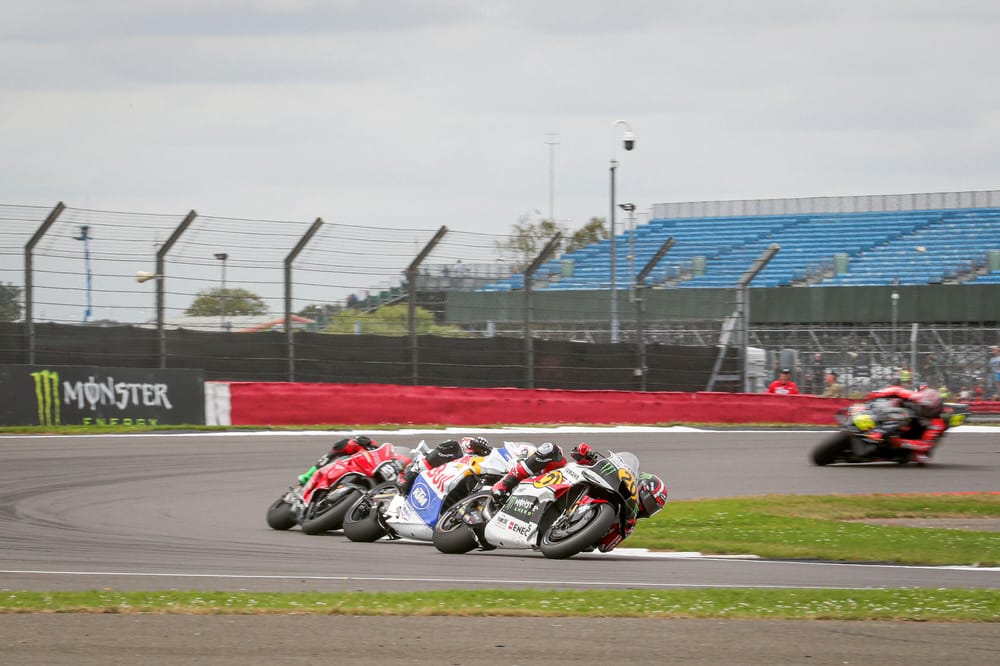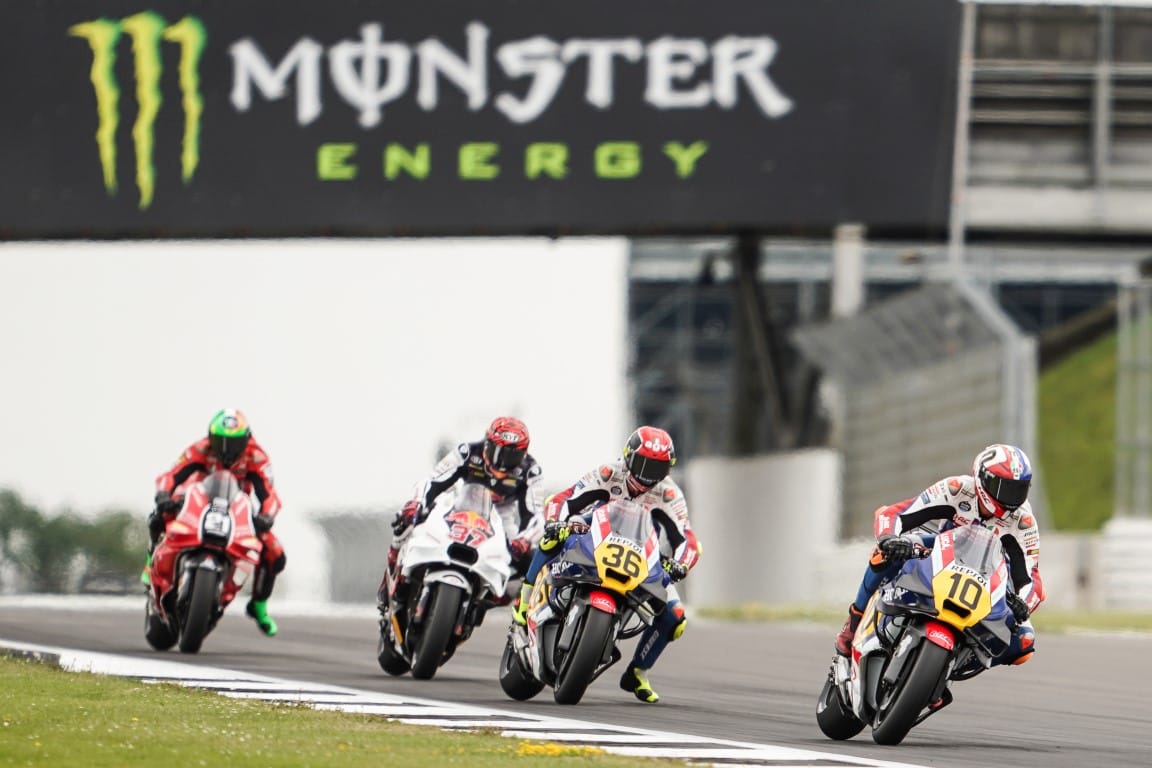MotoGP’s British Grand Prix at Silverstone has once again been met with widespread acclaim from the fans in attendance, but with that number of fans in attendance continuing to freefall it begs the question: why can a race loved by those who religiously attend every year not draw in more of the UK’s rabid motorsport fanbase?
Ignoring the rather convoluted four-day weekend number that counts those who attend multiple times and concentrating on the all-important Sunday number, only 42,529 fans came through the gate.
That’s significantly down on last year’s 49,000 and a long way away from the recent high attendance of 73,000 that was the norm from 2011 to 2016.
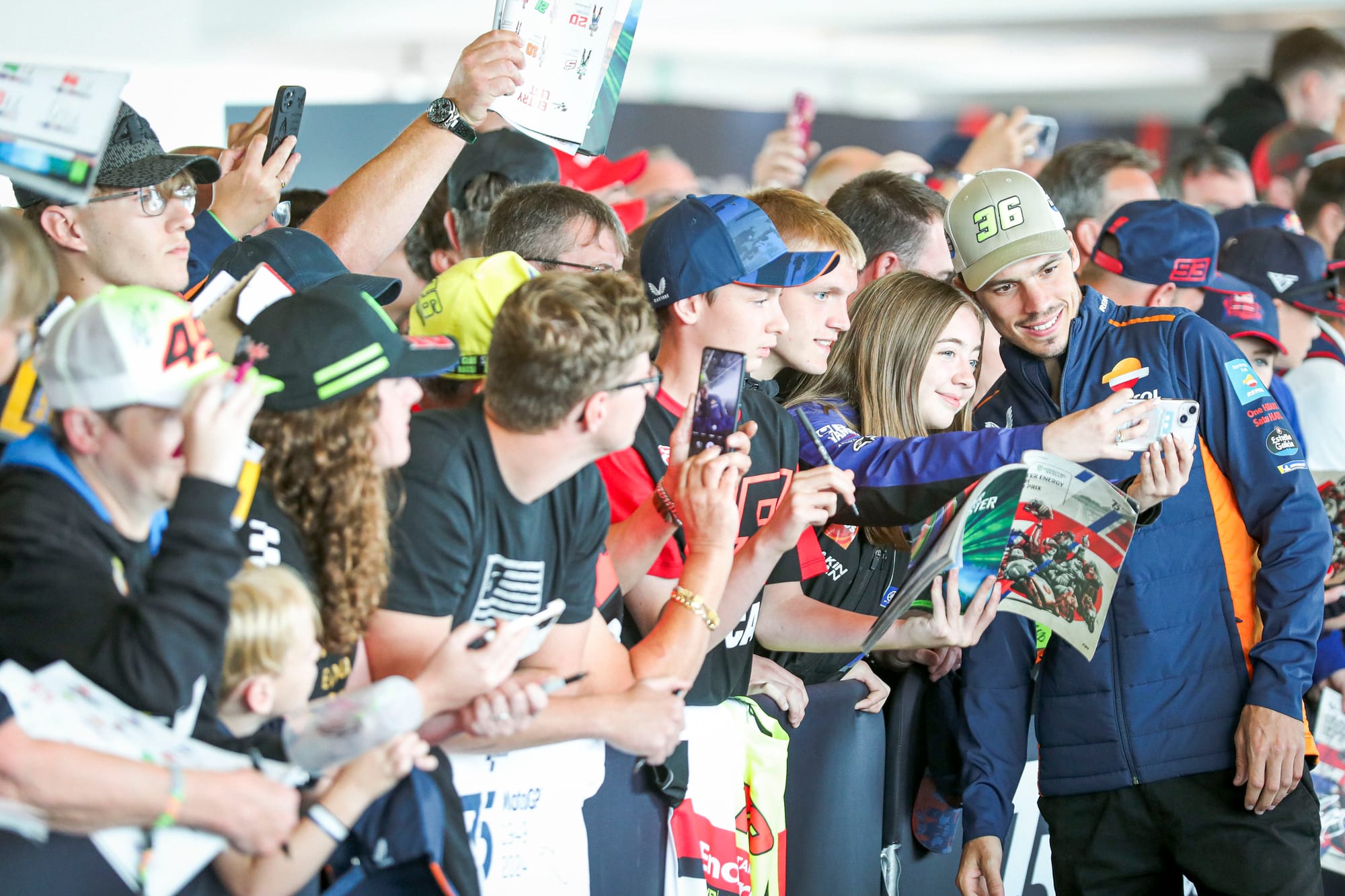
And yet, despite fewer people than ever in attendance at the home of British motorsport, the fans who were there seemed to (by and large) have loved the experience.
That’s not a surprise, with clean and plentiful facilities, decent food options and all-important traffic management to get everyone home in the evening now the norm at the Northampton track.
On top of that, event title sponsor Monster Energy put on a great show all weekend long in its fan park, making sure that there was plenty to watch during breaks in the on-track action and a packed schedule of events on the main stage headlined by free concerts from The Kooks and The Darkness.
So why, then, are fans not turning up to watch?
Well, part of it is pretty clear from the online feedback: British motorcycle fans (raised on a diet of being close to the action at places like Brands Hatch, Donington Park and Cadwell Park) don’t like being as far away from the action as they are at Silverstone.
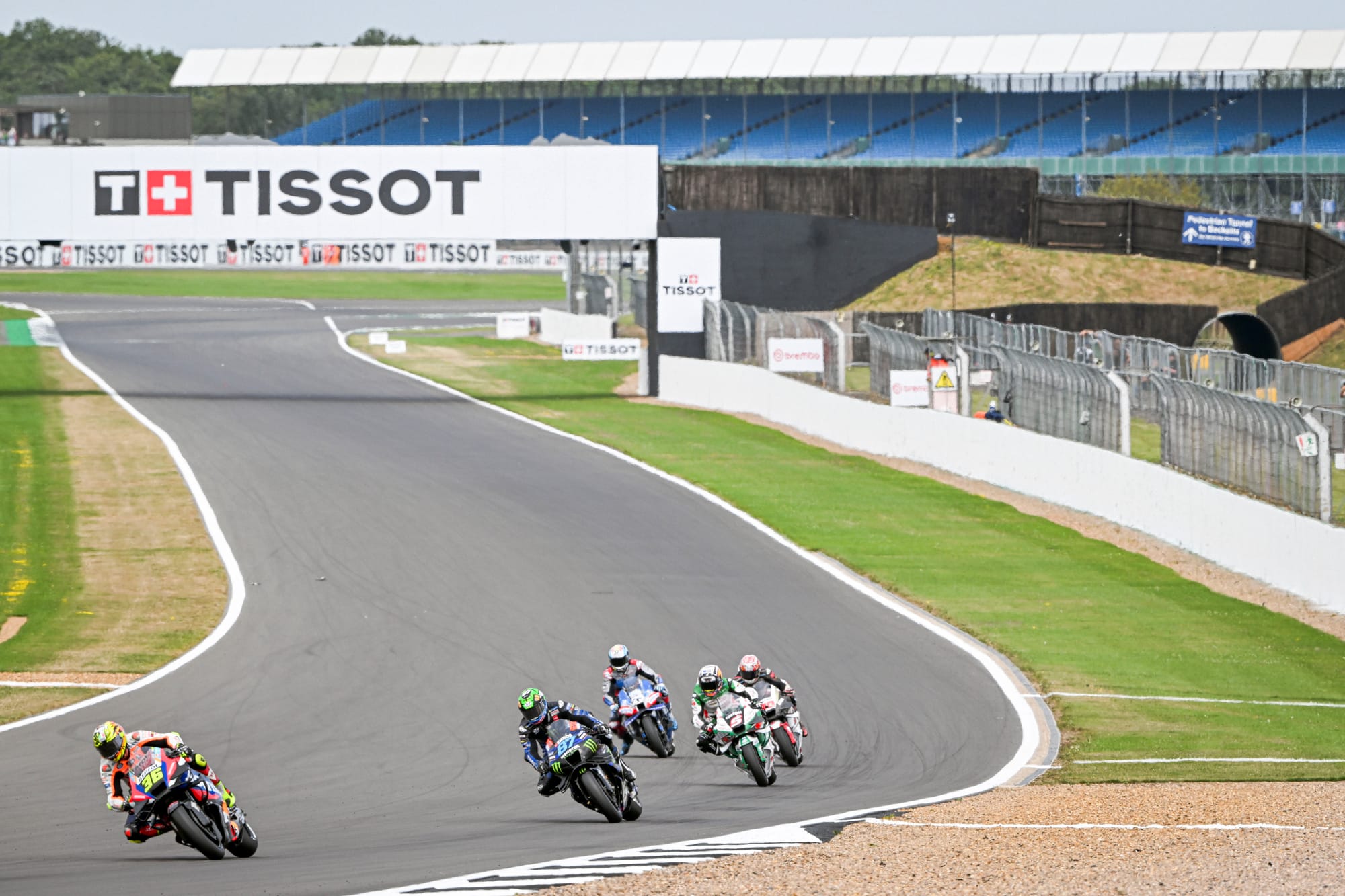
It’s a phenomenal circuit for racing and loved by riders thanks to its flowing nature and high-speed corners, but it’s not one where you’re on top of the action. You sit a long way back, the price of having such fast corners and good safety - and that’s not everyone’s cup of tea.
Even more importantly, though, in the midst of a cost of living crisis, Silverstone isn’t a cheap place to come to. Without any government subsidy (unlike many races elsewhere) tickets aren’t cheap by MotoGP standards and, with parking no longer under the control of the circuit, coming by car means it quickly adds up into an expensive day out.
Other races are expensive too, of course. Formula 1 at the same circuit, for example, is four times the price and able to sell out a crowd of 140,000 every year. But, clearly, bike fans don’t see value for money in their MotoGP day out - and that ties into the other big problem that Silverstone faces each year.
Simply put, you can put on the best event in the world, but if people don’t know it’s happening (or what’s happening at it) they aren’t going to buy tickets for it. Marketing has always been a problem both for the British GP and for MotoGP in general.
As someone pointed out to me on social media after this year’s event, it felt like of the 43,000 people in attendance this year, 42,999 of them were there last year. People outside of the hardcore fanbase didn’t even know it was happening and, for a sport that relies on casual fans to boost attendance, that simply isn’t good enough.
There’s so much more that could be done to tempt in fans. We’ve got a sport that’s visually spectacular, one where it doesn’t take much engagement to hook someone for life. But if people are unaware it exists, then they aren’t going to engage at all.
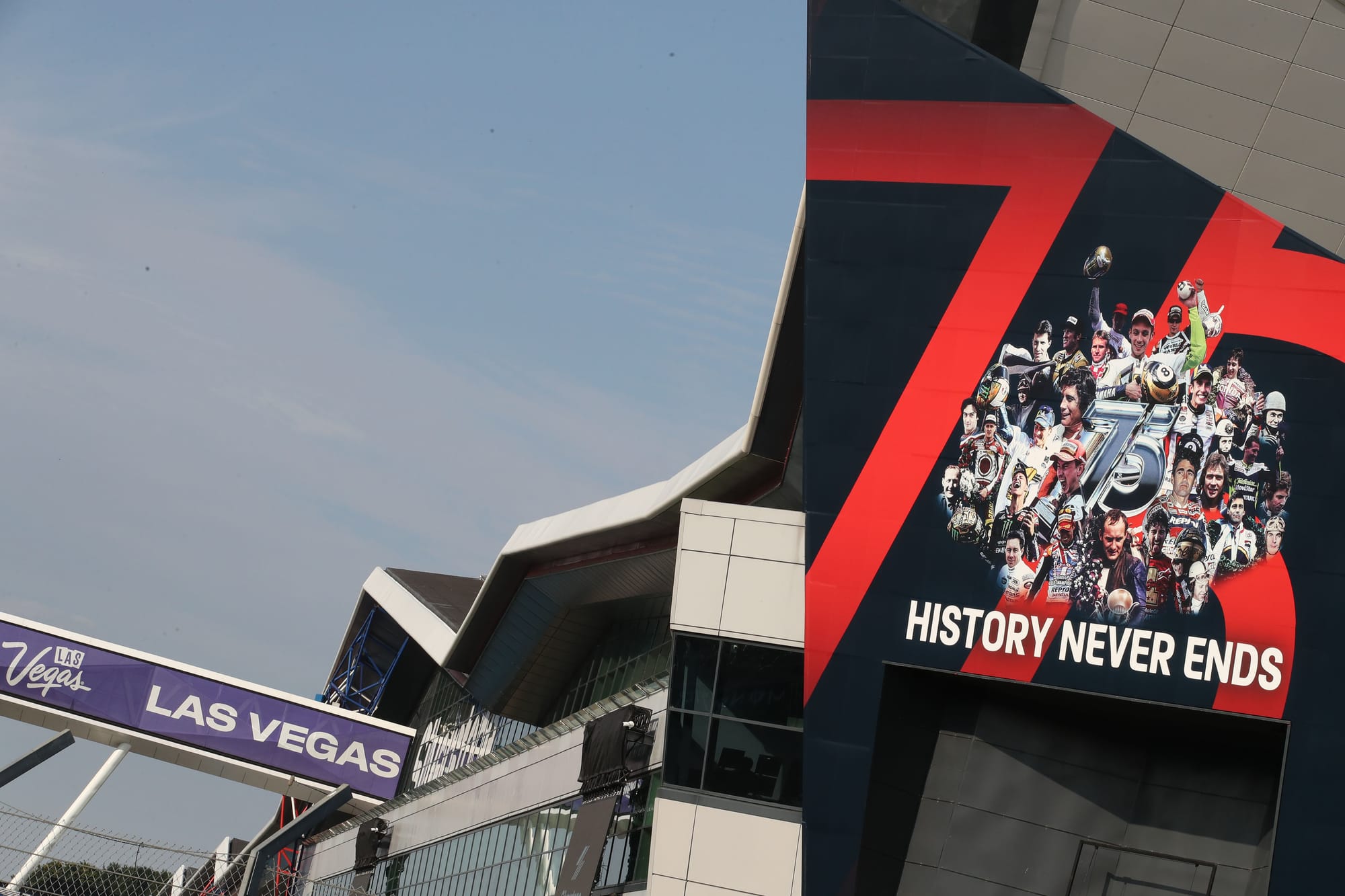
And therein lies the real problem, the biggest issue at the heart of the dropping crowd numbers. Back in the day, even when poor marketing was still a problem, there was one difference: races were free to watch on TV. You could stumble upon MotoGP on a Sunday afternoon on BBC2.
It’s no surprise that the sudden drop in spectators numbers followed the move to BT Sport (now TNT) for 2014. Locking it away behind a £30-a-month paywall was never going to raise the profile, but while other countries have also struggled with that problem too, they at least had a much bigger fanbase to lose in the first place.
So how does Silverstone fix it? Well, there’s got to be an aggressive marketing strategy in place, one that counters pay-for-view TV by ramming the sport down peoples’ throats.
They say that if you build it, they will come - but MotoGP has already built it; now all it has to do is tell people.


